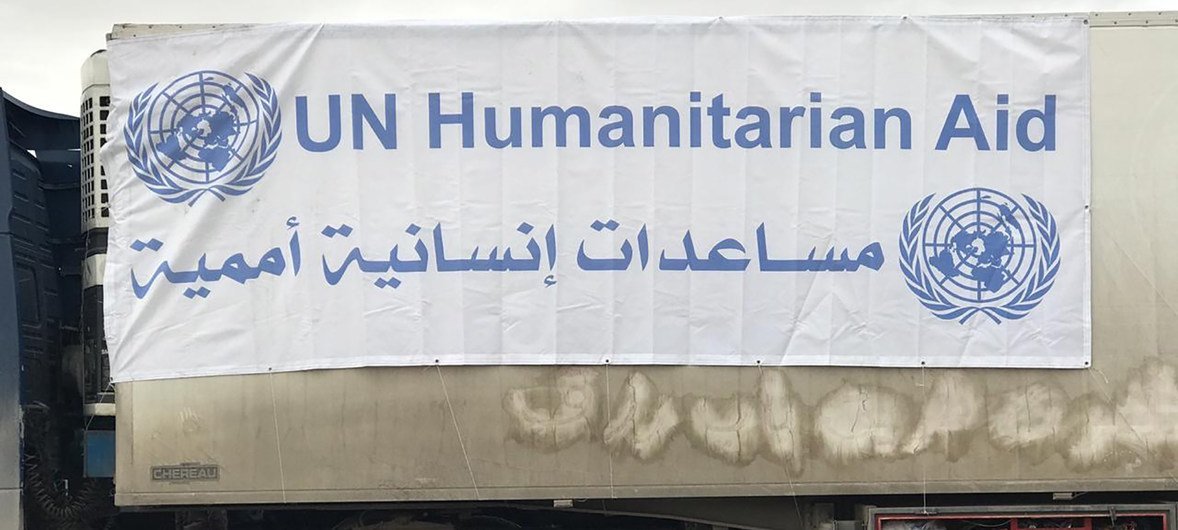“The United Nations was not created to take mankind to heaven, but to save it from hell.”
Dag Hammarskjold,
Second UN Secretary General
It is typical for this process of saving mankind to face fund-flow issues, which further exacerbates the conditions for humanitarian aid, particularly in countries with long-protracted conflicts.
Financial strains due to withholding of assessed payments, conflict surging in different parts of the world, disrupted supply chains, climate chains, natural disasters, etc.
Presently, the surging conflict like Ukraine – Russia War, not just flared up food and fuel prices but disrupted the supply chains worsening the circumstances as economies and millions are struggling with the ravaging impacts of the COVID-19 Pandemic, consequences of climate change, and long–standing conflicts at various regions of the world.
Cut to the aid, after exhausting all other options
The United Nations World Food Programme (WFP) has been forced to announce cuts to assistance for 2.5 million of the 5.5 million people who are largely dependent on aid to fulfill their basic nutrition needs.
Kenn Crossley, WFP representative and Country Director for Syria said: “Instead of scaling up or even keeping pace with increasing needs, we are facing a bleak scenario of taking assistance away from people, right when they need it the most.”
As needs increase, so has the cost of delivering humanitarian assistance, which has risen exponentially. The 12 years of conflict have led to massive displacement and a huge influx of refugees into the neighboring countries.
This coupled with the recent earthquake resulted in Syrians living in a perpetual state of emergency, WFP said.
“Further reductions in the ration size are impossible. Our only solution is to reduce the number of recipients.”
“People we serve have endured the ravages of conflict, fleeing their homes, losing family members and their livelihoods. Without our assistance, their hardship will only intensify,” he added.
We are counting on our partners to prevent irreversible harm to the Syrian people’s future, says WFP's Country Director in #Syria, Kenn Crossley.
⚠️As donors meet in Brussels, the time to act is now.⚠️
— World Food Programme (@WFP) June 13, 2023
According to UN data, even before the devastating earthquake around 12.1 million people across the nation were in the grip of hunger. We can only imagine the aftermath.
Malnutrition rates being all-time high, pose an enormous threat to the future of the conflict-ridden country.
Funding; an essential for survival and peace
The data visualization released – ‘Out of the Spotlight’ released by the UN refugee agency in 2022, postulates that in several nations of the world, the triple burden of conflict, COVID and climate change had not only drained people’s reserves but also made them more reliant on humanitarian assistance provided by multilateral agencies.
In addition, the Russia – Ukraine war further aggravated the situation.
For instance, countries like Sudan, Syria, the Democratic Republic of Congo (DRC) etc., where continued violence has prominently contributed to the surging number of displaced people. The humanitarian response has not kept pace.
Therefore, a systematic and structured change in humanitarian aid delivery is needed. An efficient implementation of the ‘Grand Bargain’ could help bridge the financial gap. As it simply doesn’t ask donors to give more but gives better by being more flexible.
Similarly, multilateral aid organizations would reciprocate with more transparency and cost-consciousness.

